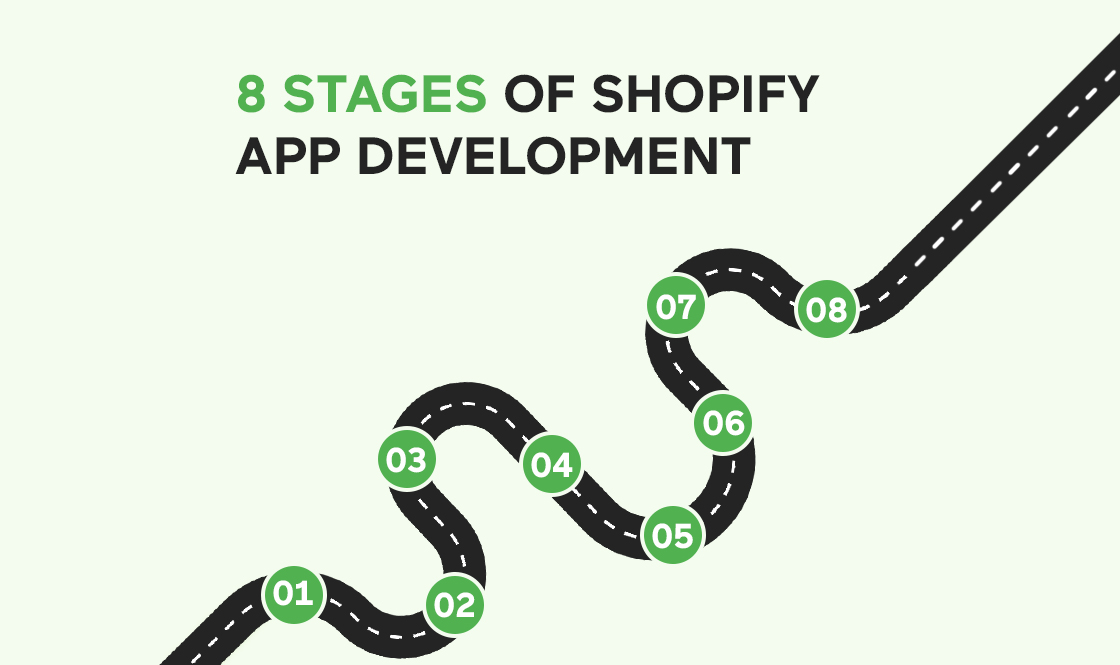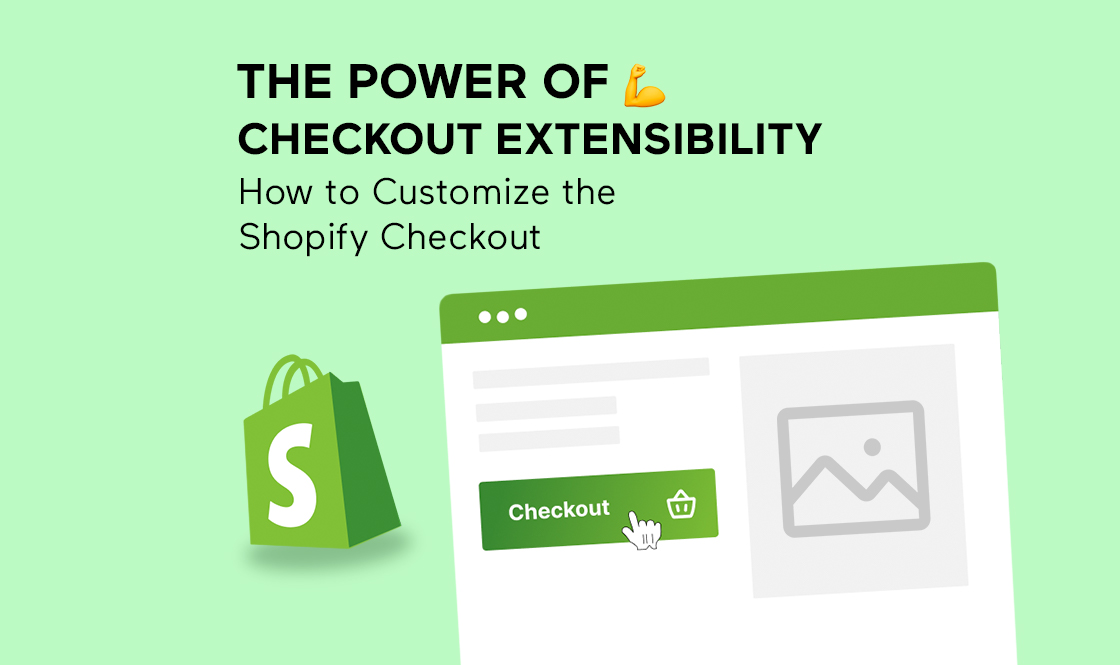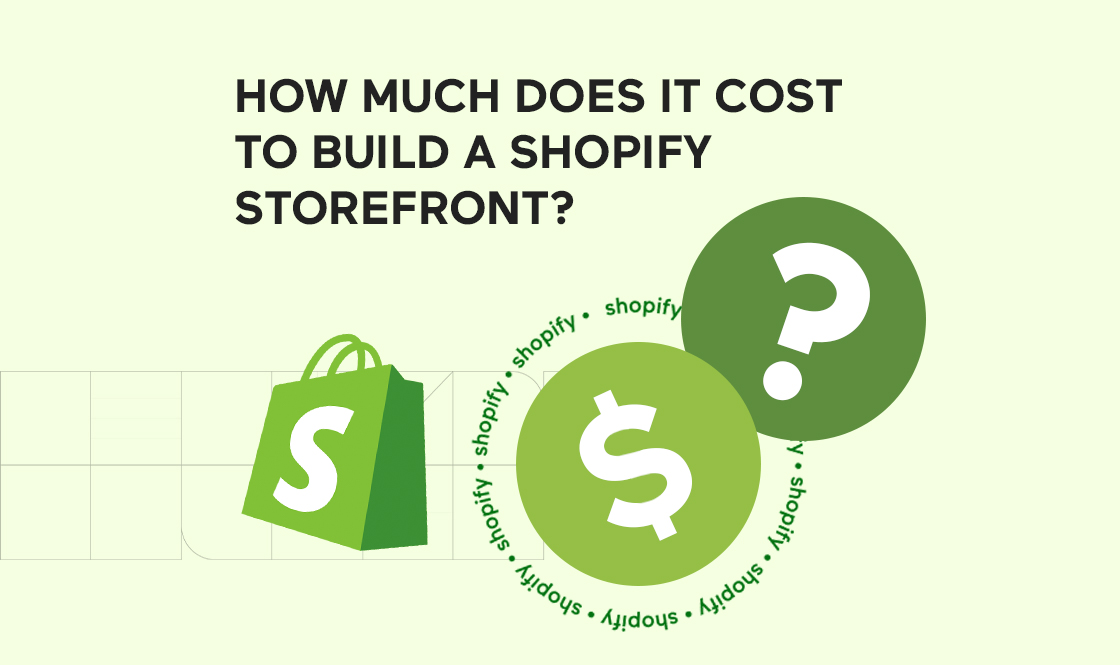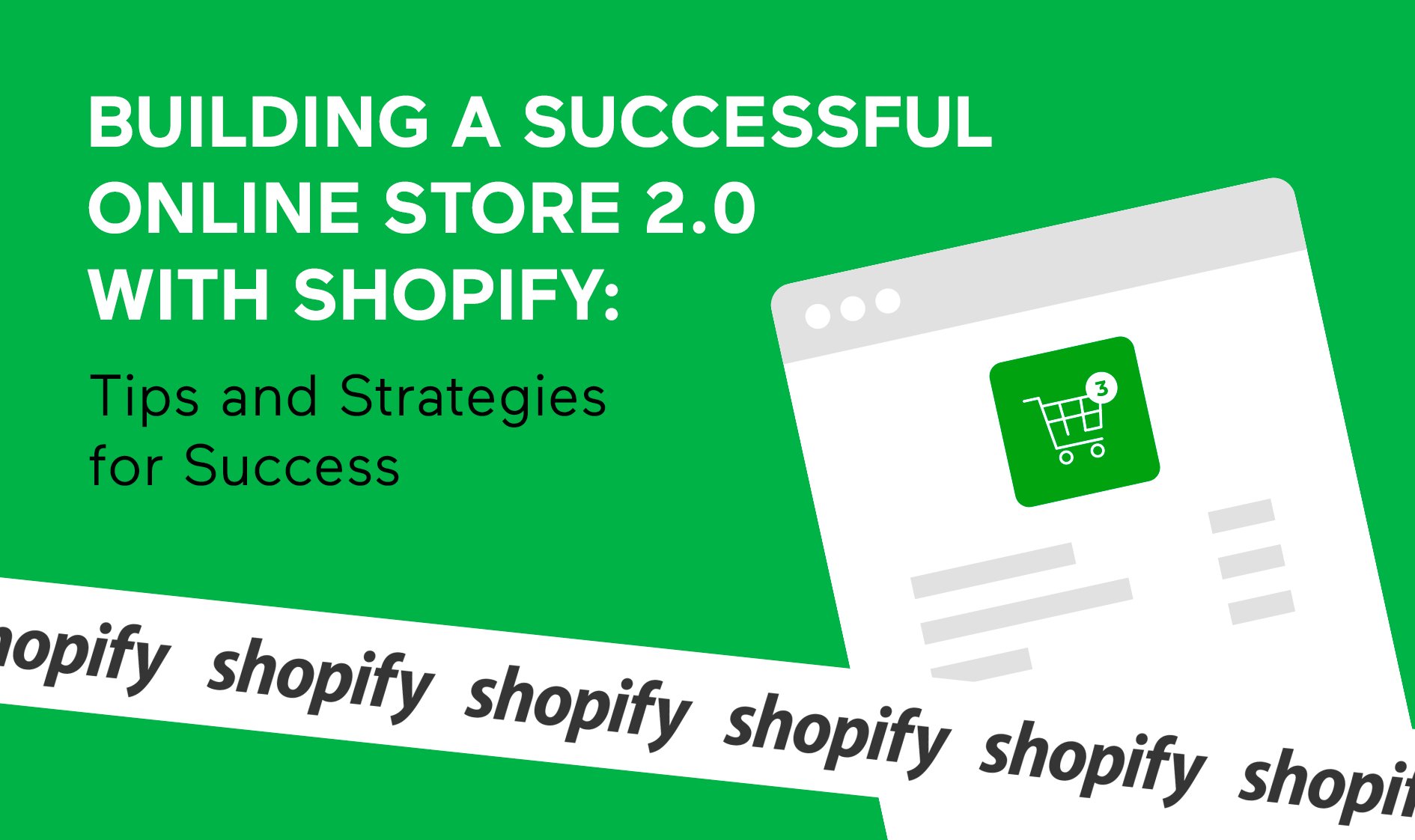
Since the start of the pandemic, the eCommerce market grew at an unprecedented rate, even if it has started to show a few signs of slowing down in the last 6 months from its amazingly hot pace before. In fact, it is projected that global online retail sales will reach $6.51 trillion by 2023, with e-commerce websites taking up 22.3% of total retail sales. With so much potential for growth and success, it’s important for online businesses or those looking to still move online to understand the significance of having an online store that puts their customers needs/interests first and makes it easy for them to get what they want quickly.
One platform that has emerged as a leading solution for businesses looking to capitalize on this trend is Shopify. 7 years ago, our software development agency began to focus on Shopify once we saw the benefits it provided and it has only offered more and more functionality over time. This powerful platform has changed the way we develop e-commerce platforms and also the way businesses operate online, making it easier than ever for a non-technical store owner to set up and manage an online store. In the last year they made a large improvement to the way an online store is built and today we want to discuss how these impactful changes can help your online store.
Online Store 2.0: The Future of E-Commerce is Here!
The world changes and so does the way we shop. Personally, I do most of my shopping online for convenience and to avoid sales clerks but that is just me. With the rise of new technology and more people getting online, e-commerce has become a vital part of our lives and how we purchase goods and services. Shopping online has never been easier, faster, and more convenient, and the trend is only set to continue. As a result, businesses are looking for ways to stay ahead of the curve and provide the best possible experience for their customers. With the introduction of Shopify’s Online Store 2.0, the company is making a major push into shaping the future of online selling.
Let’s take a quick step back in non-technical speak
Before Shopify introduced Online Store 2.0 last year, the design system used for Shopify’s online store was based on a template-based approach. Sounds kinda technical but let me break it down.
Before Shopify introduced Online Store 2.0 last year, when a store owner wanted to make their store look unique, they had to choose from a list of designs that other people made and they couldn’t change them too much or they could get a custom design made up but it wasn’t always possible to get it developed into a pixel perfect match of what the store owner wanted. Now, Shopify has released something called “Online Store 2.0” which means that people can make their store look however they want, like putting together a number of building blocks, without needing to know how to code, and presto, it should all work nicely. This is like building with Lego blocks when you were a kid (or if you have kids what you are probably doing now) where you can make anything you want, without being limited by a specific design.
This new way of building a store is different and I believe better because it gives people more control over how their store looks and works, and it helps them stand out from other stores. It also makes their store on Shopify faster and better for people to use, which can help them sell more things. One of the gripes with Shopify over the years has been page load speed and this change will help with that issue. All that being said, this adds up to a better user experience and should improve conversion rates in stores that use this going forward.
What is Online Store 2.0?
Getting a bit more technical, with Online Store 2.0, Shopify has introduced a new design system that uses a component-based approach instead of the older template-based approach. This means that instead of relying on pre-designed templates as we described above, online merchants can now use a library of individual components (such as headers, footers, product pages, and collection pages) and arrange them in any way they like to create a unique, custom online store and targeted directly for their users. This means that new “blocks” or “sections” can be added that help a user with their buying decisions or during the actual buying process.
This “component-based approach” is really unique because it provides merchants with a level of flexibility and control over their online store that they didn’t have previously. Now merchants can more easily customize every aspect of their online store without needing to write code or rely on third-party apps or plugins which can help them with overall costs and improve their overall user experience. This makes it easier for store owners to create a unique, memorable brand experience that resonates with their customers.
The concept of Online Store 2.0 has also begun to integrate more advanced technologies, such as artificial intelligence, machine learning, and data analysis to create a personalized and intuitive shopping experience for each customer or group of customers. This not only helps to increase customer satisfaction and loyalty but also helps businesses to gather valuable insights about their customers, which can be used to improve their products and services.
Is Shopify 2.0 Worth It?
Online Store 2.0 offers a wide range of benefits for both merchants and customers, including:
- Maximize Your Sales Potential: With its cutting-edge analytics and personalized recommendations, Online Store 2.0 provides merchants with valuable insights into their customers, allowing them to enhance their sales and drive growth.
- Seamless Shopping Experience: The platform features a user-friendly interface and offers Shopify checkout customization, ensuring customers enjoy a convenient and effortless e-commerce experience.
- Unmatched Security: Your data is valuable, and so is your customers’. That’s why Online Store 2.0 utilizes the latest in security technology to safeguard both personal information and financial transactions, giving you peace of mind.
- Empower Your Business Decisions: With robust analytics and reporting capabilities, the platform equips merchants with the necessary tools to effectively manage their data and make informed business decisions.
- Online Store 2.0 also has faster load times: this means that pages on your online store will load much faster, making it a more pleasurable and immediate experience for customers to browse and shop. Online Store 2.0 is optimized for mobile devices, so your online store should look great and be easy to use on smartphones
- Accessible to people with disabilities: more people can use and enjoy your online store which means more customers. It also integrates easily with third-party apps and extensions, making it easier to add new features and functionality to your online store.
- Create and publish content easier: You can add videos, images, and other multimedia elements to your pages without needing to know how to code.
- Improve your store’s search engine optimization (SEO): it should be easier for people to find your store when they search for products online.
Online Store 2.0 is the future of e-commerce at Shopify. What are some of the reasons why a business may consider an upgrade to Online Store 2.0 today if they are on Shopify or joining Shopify to reap the Online Store 2.0 benefits?
Setting up Your Online Store 2.0 with Shopify
Setting up an online store can be a daunting task, especially for businesses that are new to eCommerce development. However, with the right tools and a bit of planning, it can be a relatively straightforward process. Let’s explore the key steps for setting up your Shopify Online Store 2.0.
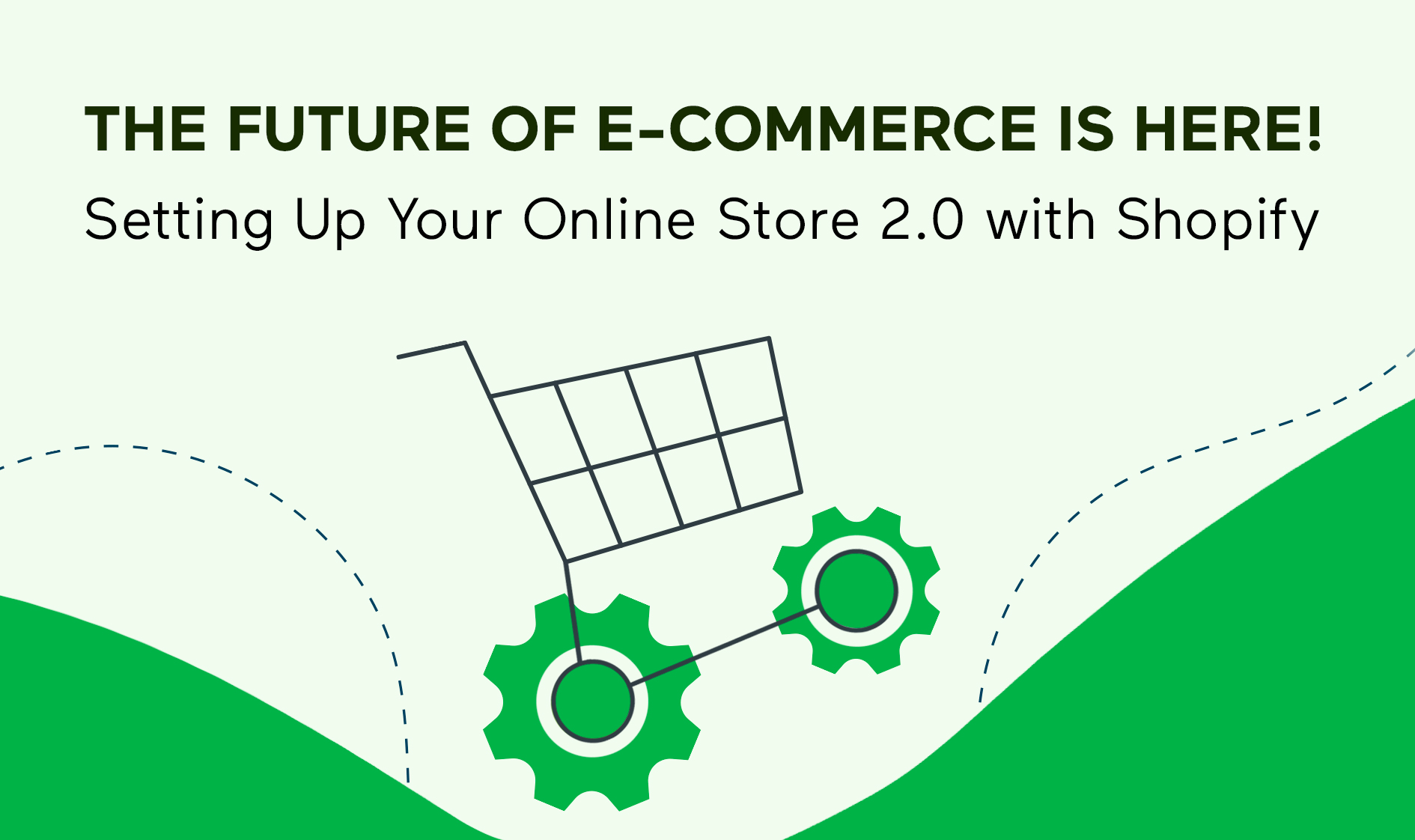
1. Choosing a Theme to Use or Customize
The aesthetic appeal and functionality of your online store play a crucial role in determining its success. A carefully crafted design or picking a theme that gives you a range of customization can not only enhance the visual appeal of your store but will also drive conversions and customer engagement. What are the main components of customizing your online store? Let’s check:
- Choosing the Right Online Store 2.0 Theme: Shopify’s wide selection of user-friendly themes is one of the platform’s strongest selling points. They are carefully crafted by experts to enhance the buyer experience, optimize conversion flows, and feature responsive design for optimal performance and accessibility. They are easy for developers like us to customize or use right out of the box. With Shopify, you have the flexibility to add up to 20 themes and 50 templates to your account, allowing you to test new themes and save versions of published themes for easy deployment in the future. Explore the various options of free and premium Shopify themes to choose one that aligns with your brand’s aesthetic and target audience for the best results.
- Design Elements to Consider: With custom Shopify web design options, you can choose your color, typography, and imagery to develop a cohesive visual identity for your store, or a designer/developer can help you do this. These elements should work together to create an aesthetically pleasing and professional-looking design that effectively communicates your brand message and speaks to your target audience.
- Optimizing for Mobile: In today’s mobile-first world, it’s essential to ensure that your store’s design looks great on all devices and Online Store 2.0 will help accomplish this. This means choosing a responsive Online Store 2.0 theme that lays out nicely on all different device sizes and then thoroughly testing your Shopify online store’s design across various screens and devices.
- Keeping it Fresh: Stay on top of current design trends and make regular updates to your store’s layout, color scheme, and typography. Experimenting with new design elements can not only help to keep your store looking modern and visually appealing, but it can also help to stay ahead of your competitors and improve the overall user experience, which in turn can lead to increased conversions and customer retention.
- Taking a Data-Driven Approach: By analyzing how customers interact with your store, you can gain valuable insights into areas that may need improvement. This information can be used to make data-driven design decisions that will help to improve the overall performance of your online store and drive business growth. Additionally, by tracking KPIs such as conversion rates, bounce rates, and time on site, you can identify areas of opportunity and make data-driven decisions to optimize your store’s performance.
2. Add Products and Create Collections to Make Browsing and Shopping Easy for Customers
Once your online store’s design is complete, it’s time to add products and create collections to make browsing and shopping easy for customers. This means creating clear and well-organized product categories, using high-quality product images, and providing detailed product descriptions. With properly organized and presented products, customers will be able to easily navigate your store and find the products they are looking for.
Bonus tips: Creating an effective online store is crucial for any business looking to thrive in today’s digital landscape. One of the best ways to establish your online store as a top-notch destination for shoppers is to focus on best practices that can help you stand out from the competition. Here are a few key tips to keep in mind when building a successful Shopify online store 2.0:
- Use high-quality images: Images are one of the most important elements of an online store as they help potential customers visualize the products they’re interested in and make an informed purchase decision. Make sure to use high-resolution images that accurately represent your products and showcase their best features. If you want to do some research online, you can see which of your competitors rank at the top of search results for your specific product keywords and examine the types of images they are using to give you ideas for your next photo shoots. It’s even better to look at the competitors that aren’t the biggest players in the market since they may be spending a lot more on SEO and image quality than you and see what the smaller players are doing.
- Provide detailed product descriptions: In addition to images, detailed product descriptions are essential for an effective online store. Make sure to include all relevant information, such as dimensions, materials, and care instructions, to help customers make an informed purchase. If you are a reseller make sure you alter some of the copy that has been supplied to you since it’s most likely being used over and over with other resellers and you want to create a unique differentiator.
- Optimize your website for search engines: SEO is key to making sure your website is easily discoverable by potential customers. Use relevant keywords in your metadata and on your website to help your site show up in relevant search results. Anything you can do to share with a search crawler what your site and content are about will be a win, especially if you are not trying to game the system which may give you a short-term win for a long-term loss.
3. Customizing Your Online Stores 2.0: New Tools and Features
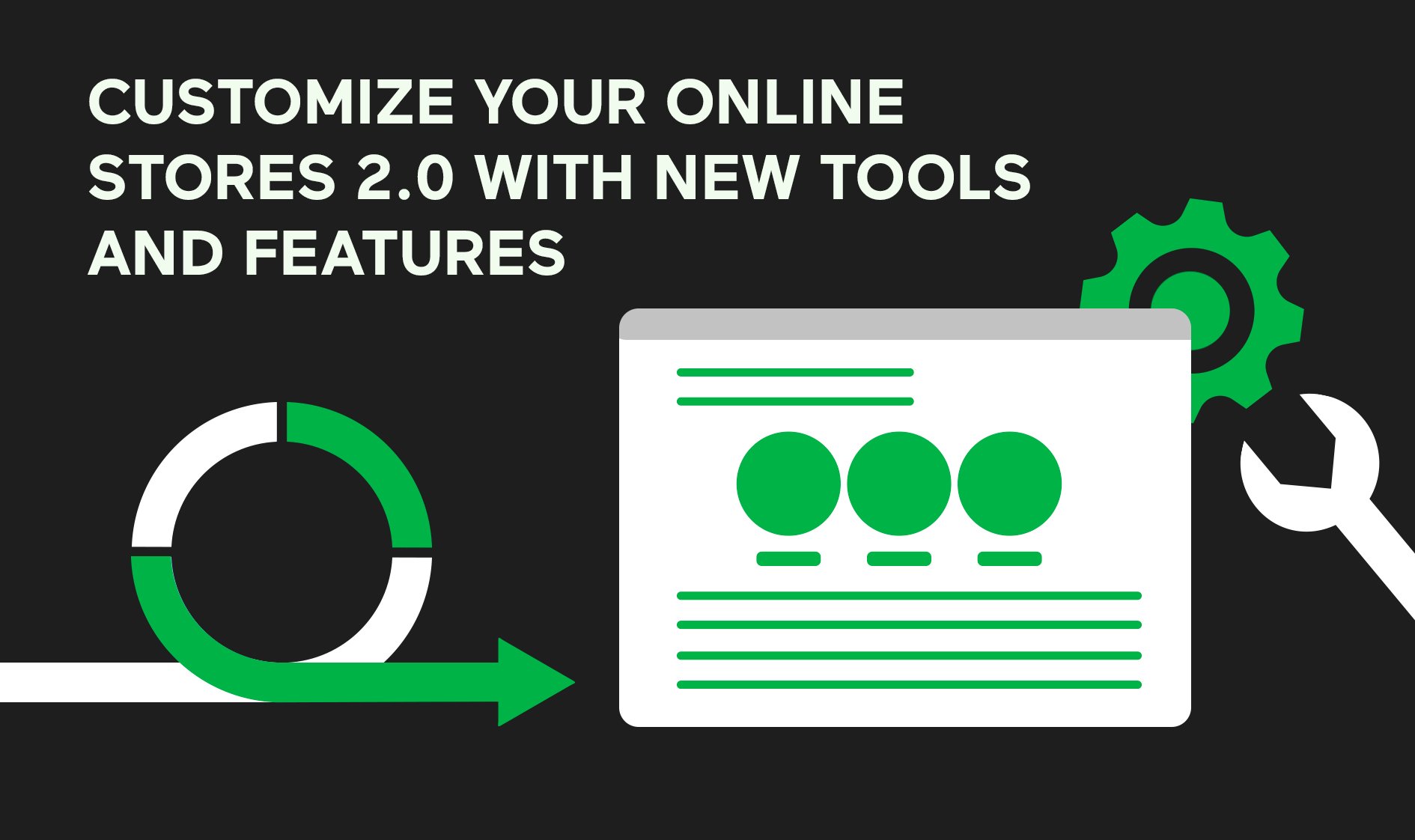
Shopify empowers online store owners to make their e-commerce platform stand out in a highly competitive market. With new tools and features, it offers enhanced customization options to elevate the shopping experience for customers.
- Upgraded Theme Architecture: The new theme architecture allows for greater flexibility and control over the design and layout of your store, including the ability to create custom pages, sections, blocks, and templates, and then modify theme code.
- Flexible Store Content: Content management tools make it easy to add, edit, and delete products, pages, and other elements of your store. It also enables the creation of custom content types, such as blog posts and portfolios. You can also use metafields to add a wide range of cool new functionality to your product pages.
- Enhancements To The Theme Editor: The theme editor has been completely redesigned, making it more user-friendly and intuitive for non-technical people. You have access to a range of new tools and features, such as the ability to preview changes in real-time, and easily make changes to the theme code.
- New Developer Tools: A number of new developer tools, such as creating custom scripts and developing Shopify apps, and easily integrating them with your store make it easier to add custom functionality to your online store.
- A New Reference Theme: A new reference theme is a great starting point for creating your own custom Shopify theme. It includes a range of pre-designed templates and elements, such as headers, footers, and product pages, that you can easily customize to suit your needs.
- The Shopify Theme Store Reopening: Shopify Theme Store now gives access to a wide range of high-quality, professionally designed themes that you can use to customize your store.
- Updating Themes & Apps: You are able to easily update your existing themes as well as access the best Shopify apps, to keep your store running smoothly and looking great.
Conclusion
Shopify has turned the way online stores are created on its head with the launch of Online Store 2.0. With its powerful tools and features and the change to a components-based approach instead of the previous template-based approach, it is much easier for businesses of all sizes and technical skills to build, manage, and grow their online store. By combining the strengths of Shopify with savvy business practices, the possibilities for success are there for the taking.
So, whether you’re on Shopify and considering an upgrade to Online Store 2.0 or thinking about migrating over to Shopify because of the advantages of Online Store 2.0, we would love to be one of the initial conversations you have with Shopify experts about this move. If interested in learning more, Spiral Scout and our team of Shopify specialists can help you determine if Online Store 2.0 is a move your business should consider. Please reach out with any questions and best of luck in your journey and success.

